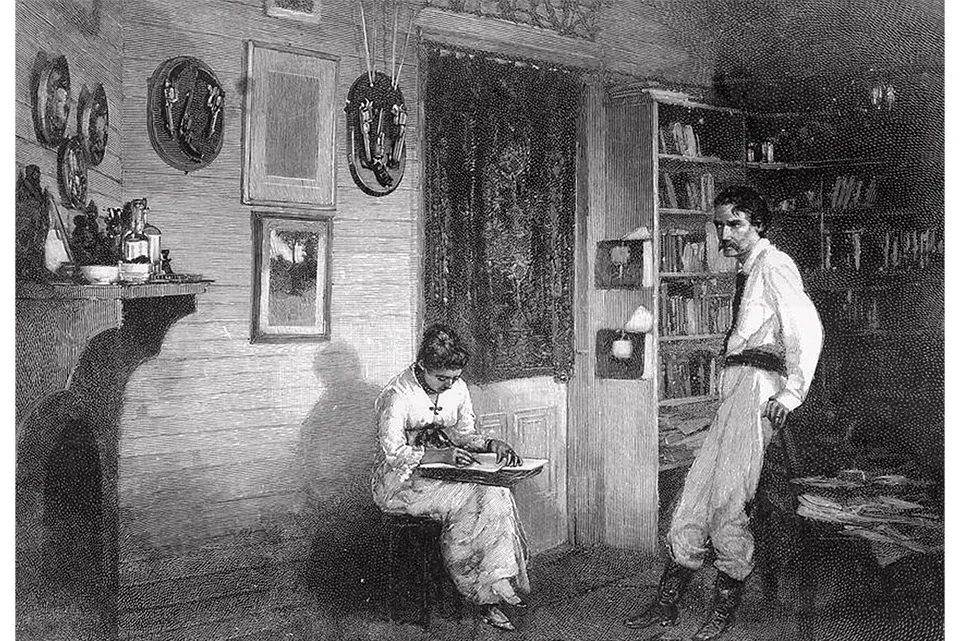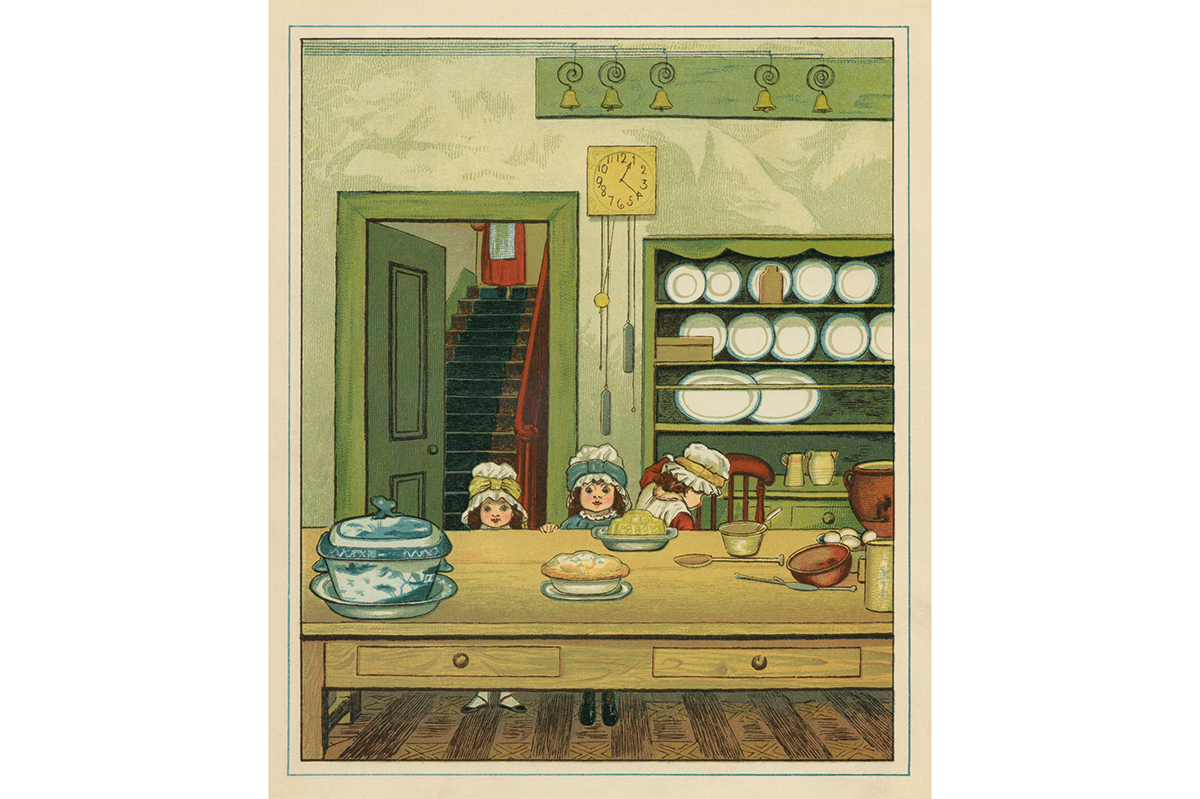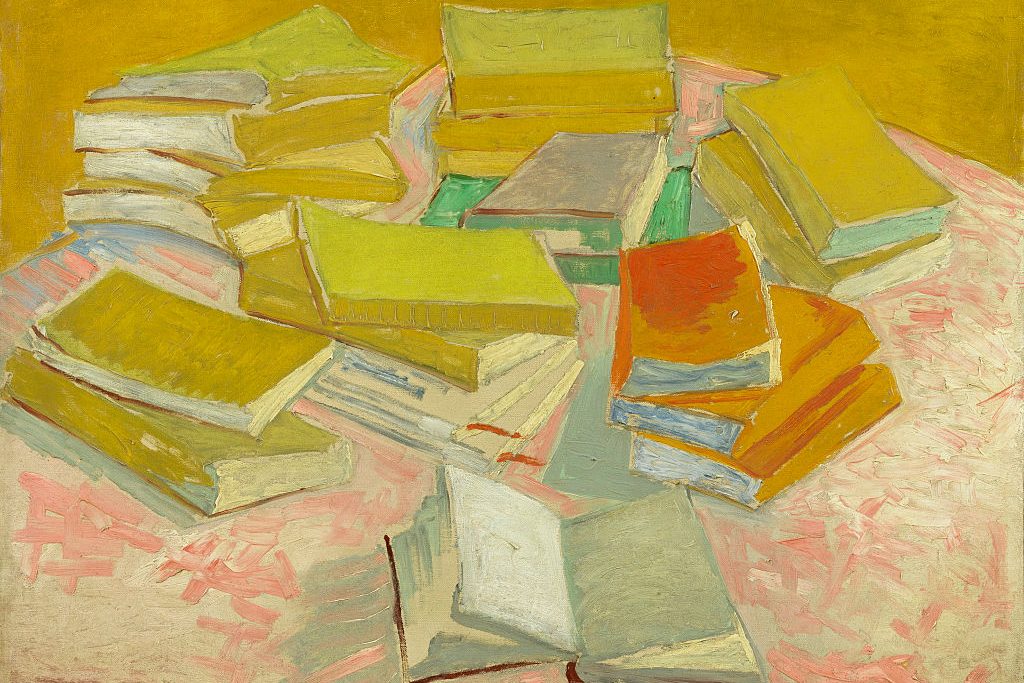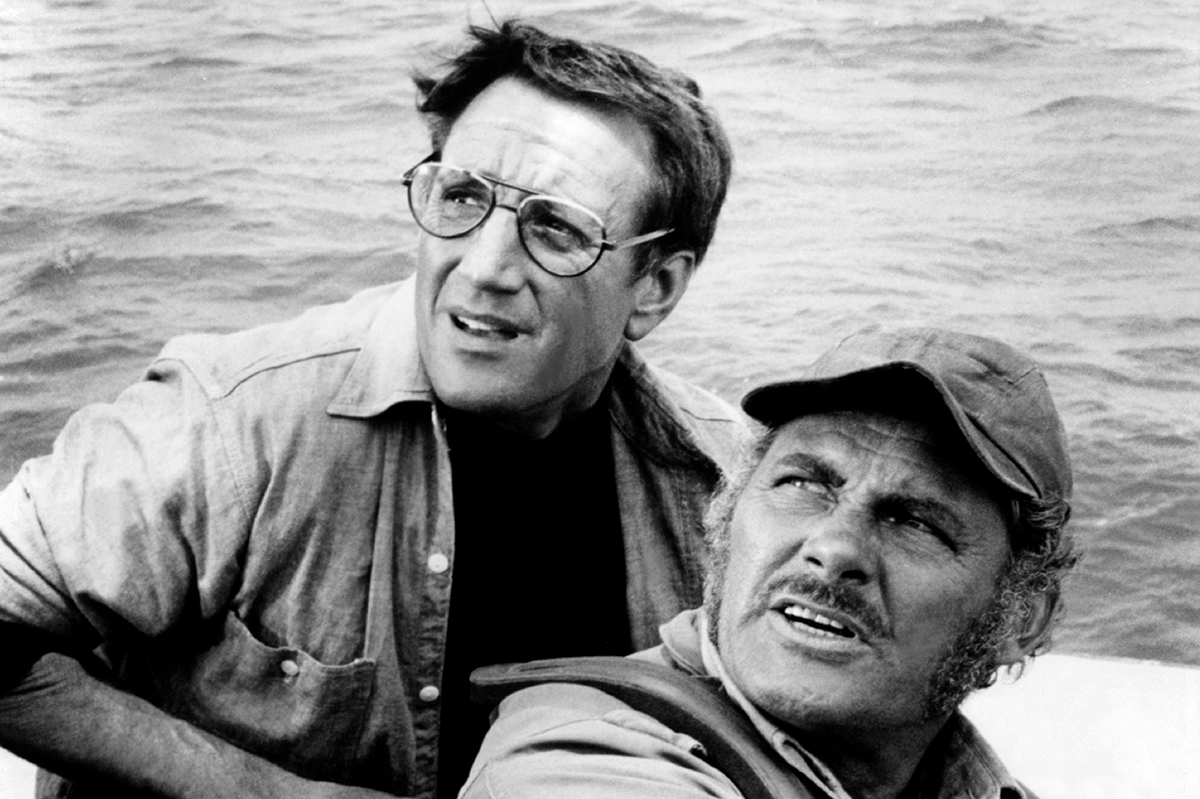It is hard to imagine any Victorian man living a fuller life in a flimsier body than Robert Louis Stevenson — and he certainly wouldn’t have managed it without the support of his partner and wife of several decades, Fanny Van de Grift. Born in Edinburgh on November 13, 1850, Louis suffered from countless childhood illnesses that limited his activity to reading books, writing stories and staging “pasteboard theater” productions with his nanny, or else traveling to health spas in Marseille, Genoa and Naples. He strongly resisted his father’s efforts to enlist him in his own career as a lighthouse designer, and at Edinburgh University the only thing he excelled at was truancy. Years later, when he applied for a teaching position, one of his former professors was unable to write a testimonial since he couldn’t recall ever having seen him in class. Instead, he spent his days writing, and, according to Camille Peri, associating with “seamen, chimney sweeps, thieves and ‘threepenny whores.’” As his lifelong friend Sidney Colvin recalled, Louis was “beset by fleshly frailties” as well as by medical ones.
Meanwhile, Fanny (born in 1840) was spending an equally errant but far more robust early life in America — sounding at times like an impossible blend of Annie Oakley and Henry James’s Isabel Archer. As a young woman, she carried a gun and knew how to use it. Brought up in a frontier town, she was the opposite of Louis in many ways — tomboyish, adventurous and sporty. She got married, young, to a scoundrel, who would soon “borrow” the furniture from their homes to give to his mistresses. She ran off from him (almost as often as he ran off from her), working as a seamstress in San Francisco, raising her two children in a silver-mining town in Nevada, writing essays and stories for magazines and eventually escaping abroad on a whim to study art with her daughter at the Académie Julian in Paris. There she lost her beloved young son to tuberculosis and, while seeking distraction from her suffering, met Louis at an artists’ colony. They quickly fell in love. Louis followed her to London and then to San Francisco, and after many adventures — Louis living wild in the mountains around Carmel or surviving on seventy-five cents a day wandering the San Francisco streets — they convinced Fanny’s husband to divorce her.
They married in 1880 and never looked back — largely because they were too busy rushing off to the next wild adventure. Louis’s health problems cohered into chronic lung disease (perhaps tuberculosis or bronchiectasis), which left him bedridden for months on end, lying among blood-spattered sheets and blankets. While Fanny spent most of her days keeping Louis strong enough to write, she still found time to care for her daughter and grandchildren, socialite with adoring friends such as Henry James and Edmund Gosse, and build a series of homes in perilous places.
These ranged from a silver mine in Nevada, surrounded by coyotes and percussive rattlesnakes, to a commercial schooner journeying to Tahiti and Hawaii, during which time Fanny traded sewing machines and textiles with the indigenous populations. All the while she treated everyone they met as friends and family rather than simply as customers. “It is wonderful how quickly one takes up the ways of a people when you live with them as intimately as we do,” she remarked. The couple often shared their neighbor’s thatched huts and encampments, but eventually they built their last home together atop a mountain on the Samoan island of Upolu, where Stevenson died, aged forty-four, in 1894.
No physical work seemed beyond Fanny, from clearing brushwood to making furniture out of packing crates
Of course it was Stevenson’s success as a writer that allowed them to establish, and leave behind, so many homes in different places; but, as Peri argues, it is impossible to disregard Fanny’s contribution, either as a credited collaborator (in More New Arabian Nights: The Dynamiter, 1885) or as a fellow writer whose style and stories inspired her husband. While Louis lay in bed producing a chapter a day of his unputdownable Treasure Island, Fanny would discuss the developing story every evening with him over dinner; and even when he produced his most successful novel, Dr. Jekyll and Mr. Hyde, he took Fanny’s opinions so seriously that she convinced him to destroy the first draft and start again (for which many critics never forgave her).
While Fanny’s was the more clear-thinking political mind, quick to condemn signs of imperialism, theocracy, patriarchy and racism, the two shared a sense that the vaunted values of Victorian Britain could never disguise the widespread exploitation, violence and perversion. It wasn’t simply Mr. Hyde’s nightly assaults on women and children that interested Stevenson; it was the supposedly clean-cut life Jekyll inhabited, with his middle-class neighbors seeing his home as one “furnished with luxury and good taste.” This image of the respectable Victorian gentleman who disappeared at night into disreputable Whitechapel liaisons disturbed readers so much that when the Ripper murders began a few weeks after the stage version opened in the West End, they were relieved to see the play quickly shut down. It was a bad time for self-respecting theatergoers to confront so much truth-telling in their entertainments.
Louis and Fanny never strayed from their youthful radicalism. Some of Stevenson’s late, especially fine, novellas such as The Ebb Tide and The Beach at Falesá are as rich in ironies about imperialism and exploitation among South Sea islanders as anything by Joseph Conrad or Graham Greene. And while Fanny survived her husband by a couple of decades, she spent them growing old disgracefully — consorting with copper- miners, muckraking journalists and Samoan sailors, camping in the woods, attending seances and building yet another home on San Francisco’s Nob Hill. “I would rather go to the well and be broken than be preserved on a dusty shelf,” she told her sister before she died in 1914.
Peri writes with passion and enthusiasm about these two remarkable artists, and most readers will share her affection. She is adamant about defending Fanny against a century of critics who have treated her as little more than a jealous failed novelist or obsessive care-giver. There seemed to be no physical work that was beyond her, from clearing brush in the wilderness to making doors and furniture out of scraps of wood, old packing crates and shoe leather.
Ironically, if there was anything unsuccessful about her role as Louis’s creative partner, it was her commissioning and overseeing an early biography, which branded Stevenson, in the words of the scholar Linda Dryden, as little more than a “non-controversial writer of children’s fiction.” (When old friends such as Conrad read it, they felt they hadn’t known Louis at all.) But with this fine book, A Wilder Shore, Peri convincingly argues that there was nothing remotely ordinary about either of these people — who went to the well so often that there was no water left when they were finished.
This article was originally published in The Spectator’s UK magazine. Subscribe to the World edition here.


























Leave a Reply